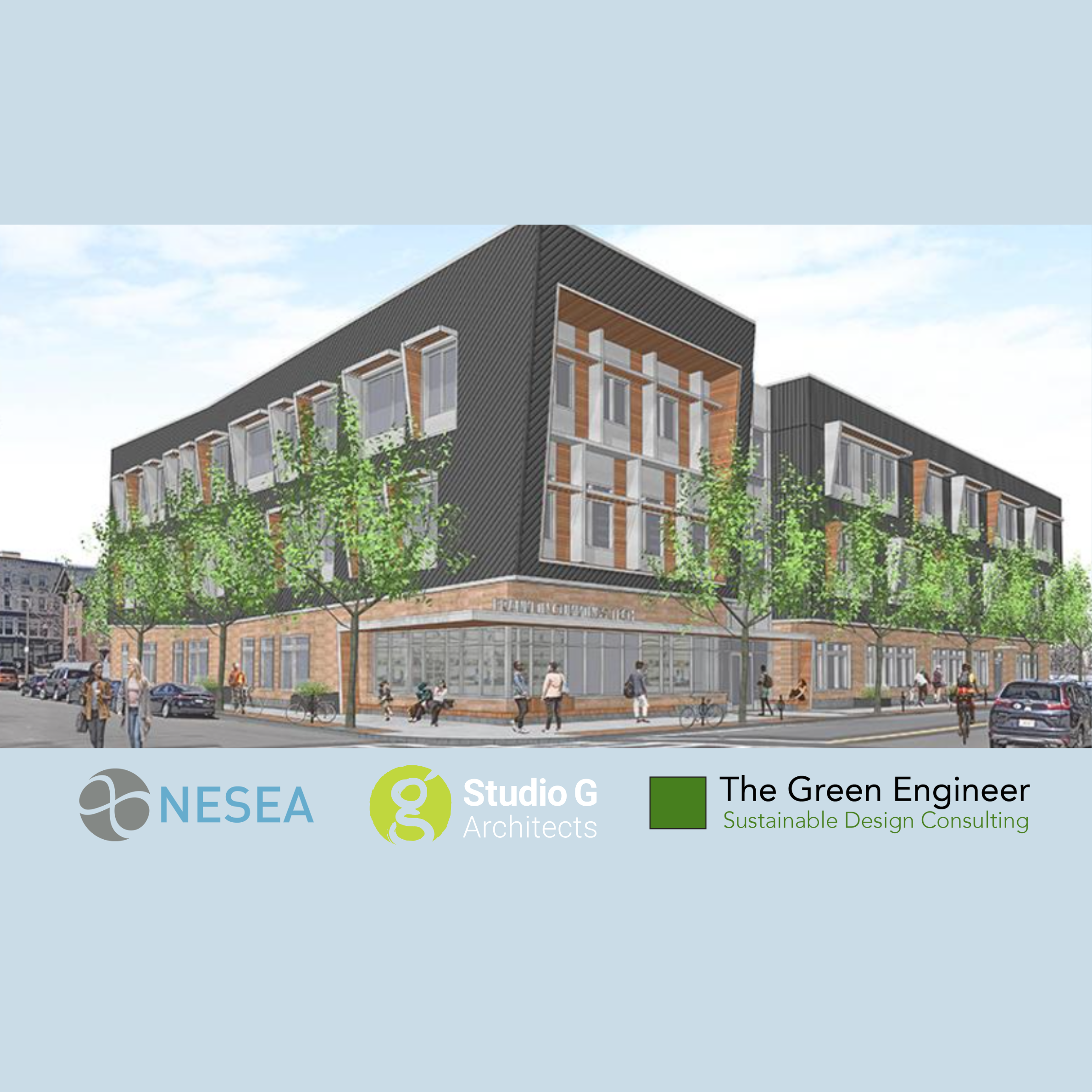
Tracking our Progress through our AIA 2030 Commitment
Since signing the AIA 2030 Commitment in 2017, The Green Engineer has been tracking the predicted energy consumption of our portfolio of energy modelling projects. As we reflect on our 2024 reporting, we're excited to share our progress, challenges, and the ongoing value this commitment brings to our practice and clients.
The AIA 2030 Challenge: A Vision for Carbon Neutrality
The AIA 2030 Commitment calls for all new buildings, developments, and major renovations to be carbon-neutral by 2030. This ambitious goal recognizes that buildings are responsible for 39% of annual global greenhouse gas emissions, making the transformation of our industry essential to addressing climate change.
The program uses CBECS 2003 (Commercial Building Energy Consumption Survey) and RECS 2001 (Residential Energy Consumption Survey) as baseline energy use intensity (EUI) benchmarks, with escalating reduction targets: 70% for 2015-2019, 80% for 2020-2024, 90% for 2025-2029, and 100% (carbon neutral) by 2030. Today, more than 1,300 architecture firms have joined this community of practice, collectively working toward this shared goal. Since 2009, participants have reported their firm portfolio performance annually, creating a robust dataset that advances the entire industry's understanding of high-performance design.
The Green Engineer's 2024 Portfolio Performance
Our 2024 AIA 2030 report includes all projects our office worked on with an updated energy model report in 2024 in addition to interiors projects with Lighting Power Density (LPD) calculations. The range of projects reported reflects the scope and diversity of our sustainable design practice. In total, we reported 61 projects encompassing 8.67 million gross square feet. To see an overview of how our portfolio breaks down by program type, energy code, reporting phase and more, see the interactive charts below.
Our whole-building projects achieved 45.94% predicted EUI reduction compared to CBECS baselines. Interior projects delivered 25.64% lighting power density reduction compared to ASHRAE 90.1-2007 baselines. To see details of the EUI and percentage reduction for projects broken down by program type, climate zone, and energy code see the interactive charts below.
Contextualizing Our Performance
Our current performance highlights both progress and opportunity. Our 45.94% EUI reduction on whole-building projects positions us well against typical market performance, though we recognize the need to accelerate our efforts to meet the escalating AIA 2030 targets.
The AIA 2030 Commitment target energy percentage reduction for 2024 is 70%. The average percent reduction of all buildings reported in 2024 for Climate Zone 5a, where most of our projects are located, is 49.9%. Therefore, we can see that we are right on track with other projects in our area but still lagging behind the AIA 2030 goal as an industry.
Looking Ahead: Challenges and Opportunities
Whole-Building Performance and Renewable Energy: Our 45.94% EUI reduction is a meaningful measure of building performance, but it does not account for renewable energy (on-site or off-site). To have a more accurate view of the net EUI of our projects, we can start tracking the use of renewable energy. This will bring us closer to reaching the 70-80% net EUI reductions required by AIA 2030 targets.
Post-Occupancy Data: We are not tracking post-occupancy data in our AIA 2030 portfolio and it could provide more insights into how the buildings we model are performing. It is challenging to obtain post-occupancy data, but with local regulations such as Boston’s Building Emissions Disclosure and Reduction Ordinance (BERDO) and similar regulations in the region, we anticipate post-occupancy data will become more accessible.
Embodied Carbon: Currently, we do not include embodied carbon reporting in our AIA 2030 portfolio. This represents an opportunity as we expand our capabilities in lifecycle carbon assessment—a growing priority for our clients and local governments.
Want to learn more about how sustainable design strategies can deliver both environmental and economic value for your next project? We're here to help you create cost-effective, low-energy, low-carbon buildings that deliver real value.



.png)


